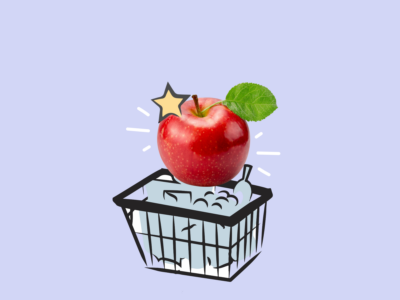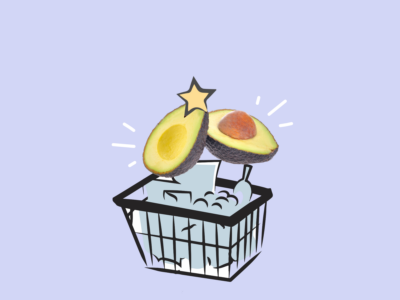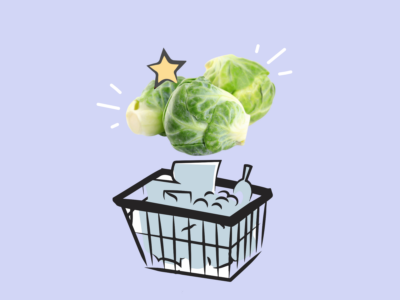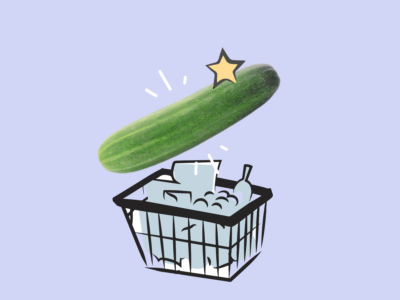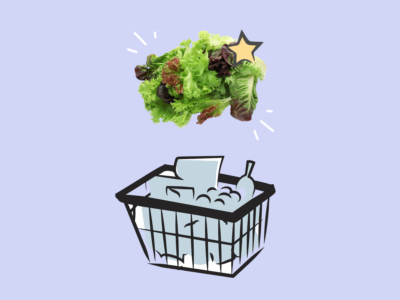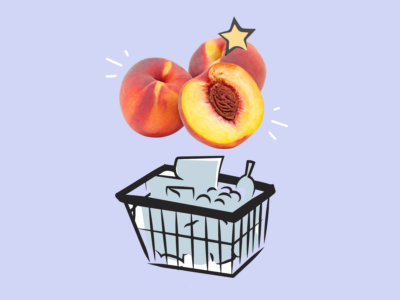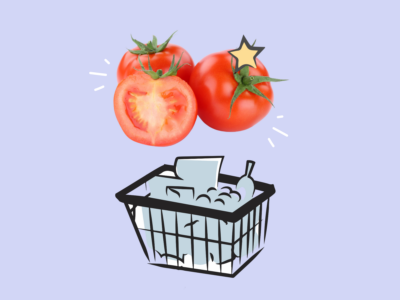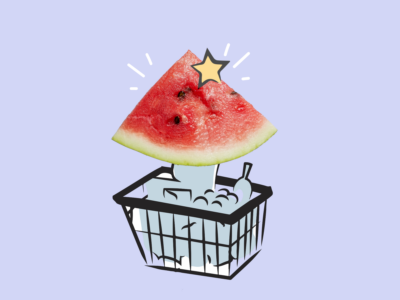Cabbage is a cool-weather crop, so in the USA it is in season during the fall and winter, though you may be able to find fresh cabbage in the spring depending on where you live. If you can, pick up your cabbage head from a local farmers’ market, because the vitamin, mineral, and phytonutrient content will likely be much higher. But if a farmers’ market isn’t an option, your grocery store should carry cabbage year-round, including different types of cabbage like green cabbage, red cabbage, purple cabbage, savoy cabbage, and napa cabbage (also known as Chinese cabbage).
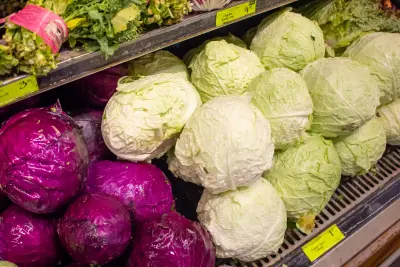
When selecting a head of cabbage, choose one that feel heavy for its size and has tightly packed cabbage leaves (except for Napa cabbage, which has a looser structure). The cabbage should be firm to the touch, with bright, crispy leaves free from blemishes, cuts, or signs of damage. Larger heads tend to have a milder flavor.
Once home, store cabbage whole and unwashed until you’re ready to use it. It can sit on the counter for a few days or be kept in the crisper drawer of your fridge for up to two weeks—or longer! Whole heads of cabbage may last up to 2 months in the refrigerator, and in a root cellar, they can keep for 3 to 4 months. For cellar storage, place cabbage in rows with space between them, hang from string, or wrap individual heads in newspaper and place on the floor. Keep in mind that savoy cabbage is more delicate and should be used within a week.
If you need to store cut cabbage, wrap it tightly in plastic wrap or place in an airtight container to keep it fresh for several days. You can also cover it with a paper towel to absorb excess moisture. When ready to use, discard the outer leaves, especially if they look wilted, and wash thoroughly—cabbage has been linked to occasional foodborne illness outbreaks.
If you find yourself with a surplus of cabbage, you can preserve it in various ways. It can be frozen cabbage as whole leaves, shredded cabbage, wedges, or chunks. To do this, first clean the cabbage, then blanch in boiling water (approximately 1.5 minutes for shredded cabbage or leaves and several minutes for wedges, depending on thickness). This will kill any bacteria that may be present and stop enzymes from “aging” the cabbage. Next, blanch in ice water, and let drip dry. Packed in an airtight container or freezer safe plastic bags, it will last in the freezer for up to 6 months. If you choose to skip the blanching step, you’ll need to use the frozen cabbage within 4 to 8 weeks.
Cabbage is also excellent fermented—turning into classic sauerkraut, kimchi, or other probiotic-rich foods. Sauerkraut and is one of the easiest fermented foods to make, requiring only cabbage and salt!
To prepare sauerkraut, simply:

- Peel a few of the outer leaves from the head of cabbage and set aside.
- Slice the cabbage as thinly as possible using a food processor, mandoline slicer, or a knife.
- Place sliced cabbage in a large bowl, and sprinkle with unrefined sea salt, pink, pickling, or other non-iodized salt (4.5 tablespoons to 3 pounds of cabbage).
- Massage the cabbage with your hands to thoroughly distribute the salt and start the process of breaking down the cabbage. Massage until well wilted.
- Make sure your fermentation crock or vessel is very clean. Pack the sauerkraut into the vessel, handful by handful, pressing down firmly with each handful to make sure it’s tightly packed.
- Place the large outer leaves over the top of the shredded cabbage. (You may have to tear or fold the leaves to be able to cover the entire surface.) This ensures that the shredded cabbage stays submerged.
- Weigh down the cabbage. A clean glass jar, slightly smaller in diameter than the mouth of your fermentation vessel, filled with water works well. If you are using a fermentation crock, use the weight that comes with it.
- Cover the vessel with a breathable barrier (paint-straining bag, nut-milk bag, several layers of cheesecloth, coffee filter, linen towel, or even paper towels), making sure to secure with a rubber band (unless using something like a paint-straining bag that has an elastic around the opening). If using a fermentation crock, put on the lid.
- Check the level of the liquid above the surface of the cabbage over the next 24 hours. If it is not at least 1 inch above the top of the cabbage, dissolve 1 teaspoon of salt into 1 cup of water. Then, pour the salty water into your fermentation vessel until the level of the water is at least 1 inch above the top of the cabbage.
- The sauerkraut will be ready in as little as 5 days, but can ferment for up to 5 months (periodically check the liquid level and top up with salted water if needed). A little bubbling or foam in normal.
- Once the sauerkraut is fermented to your liking, transfer to smaller jars (if desired) and keep in the fridge for up to 6 months.
And, that’s it! Fresh home-made sauerkraut at your disposal!
Cabbage is incredibly versatile—you can use cabbage raw in coleslaw or tacos, saute it with olive oil as a side dish, or add it to stir-fry, egg roll filling, cabbage rolls, cabbage soup, or roasted cabbage dishes. It pairs beautifully with other veggies like bell peppers, cauliflower, or brussels sprouts, and makes a great base for hearty cabbage recipes that work year-round.
 |  | 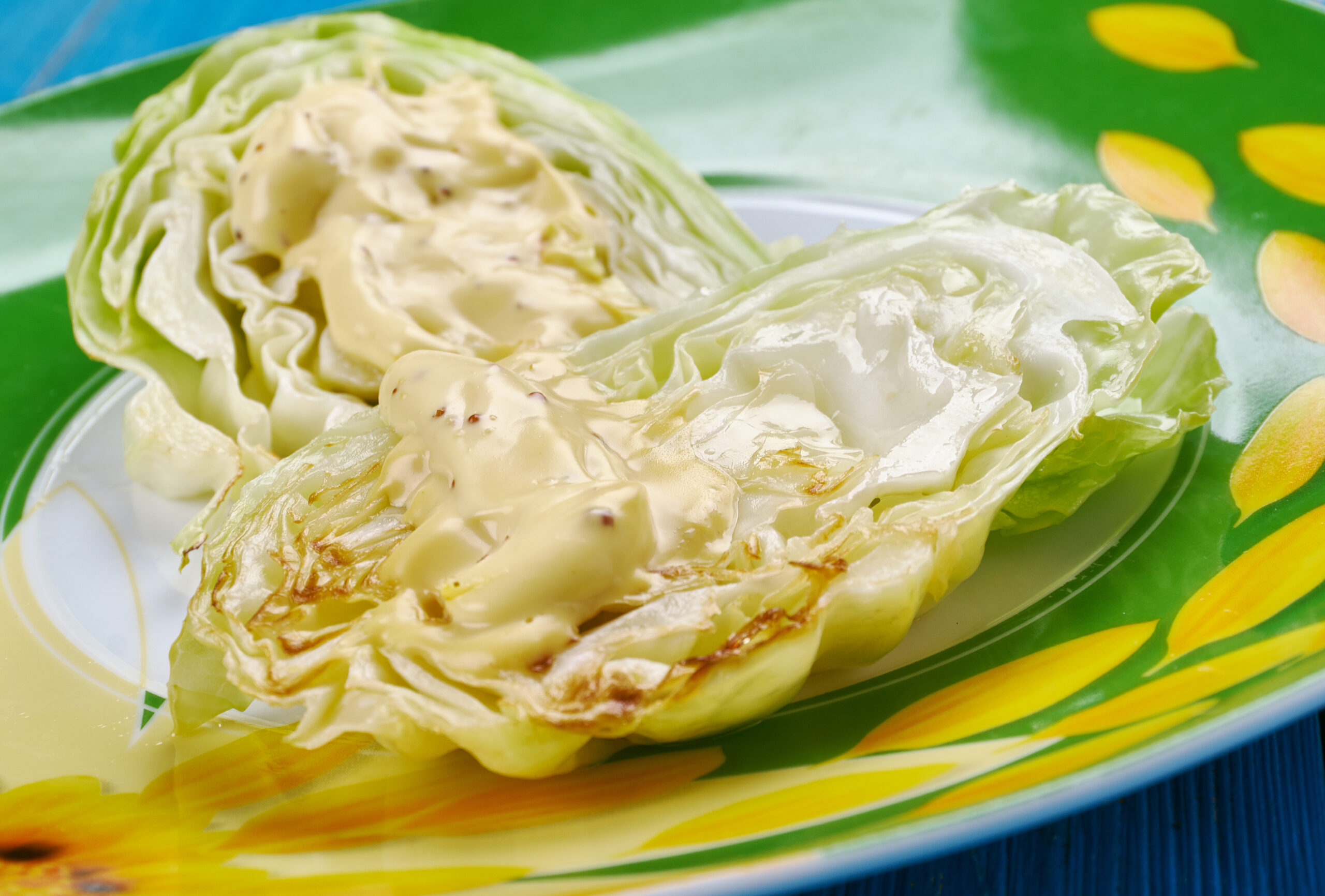 |
With so many ways to prepare, preserve, and enjoy it, cabbage remains one of the most affordable and underrated staples in the produce aisle.
Shop Like a Pro
If you’re looking for tips on how to shop, select and store other foods check out these posts!




